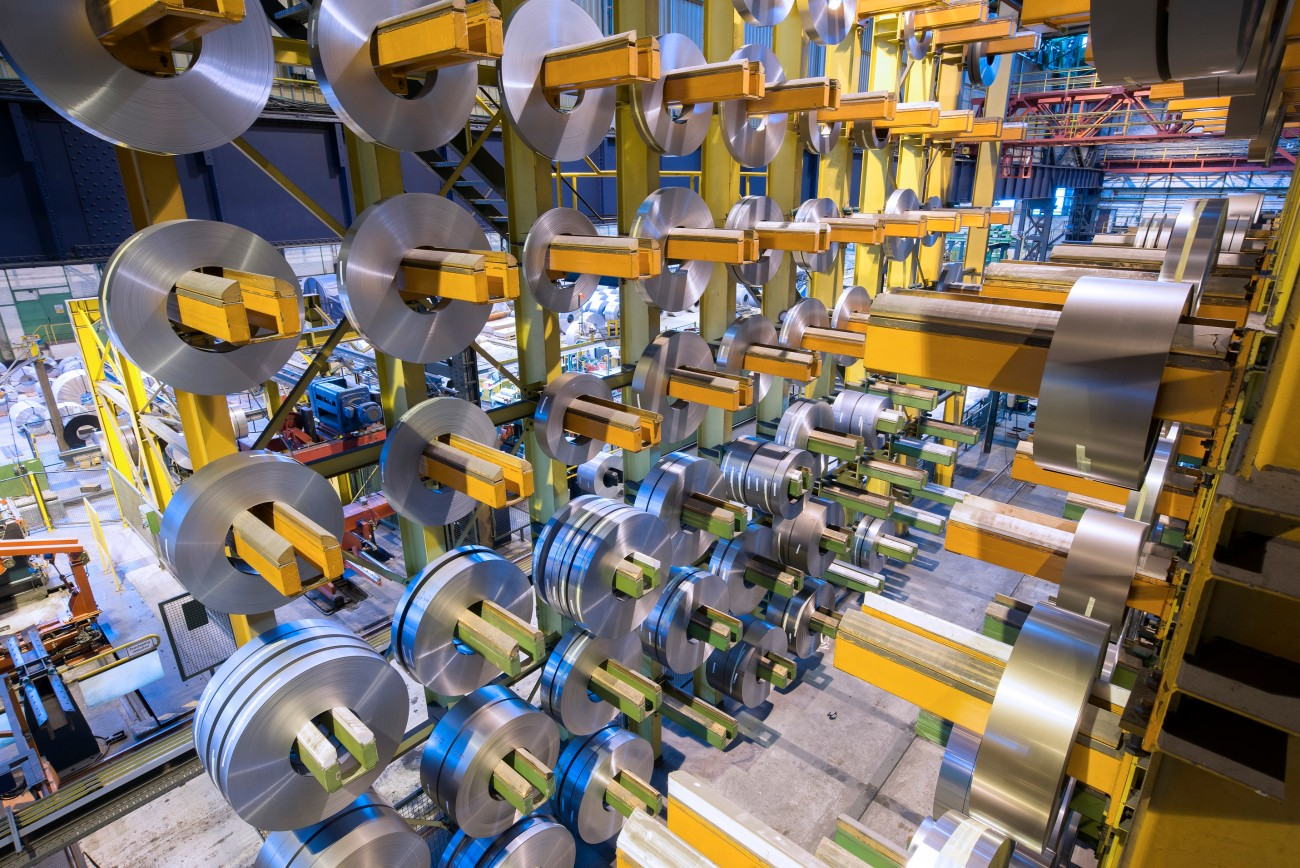India–US Trade Tensions Rise Over Steel and Auto Tariffs NMDC Limited reports a 38% drop in Q4 FY24 consolidated net profit RINL to Raise $23 Million Through Land Sales Amid Crisis

The German steel sector demand for additional electricity for hydrogen electrolysis, regardless of location, will be 48 TWh in 2030. The German industry suffers from high electricity costs. According to the industry organisation, the electricity price support package declared last November was a glimmer of hope.
However, with the abolition of its third component – a subsidy for electricity transmission fees – since the beginning of this year, companies have been paying more for electricity than ever before. Electric steel mills are specifically impacted, which produce steel from scrap with relatively low emissions. They have a particularly strong demand for electricity, preferably renewable.
According to WV Stahl, the challenges are growing as hydrogen-based direct reduction technology for iron will require four to five times more electricity from the grid in the future. Therefore, a solution to competitive pricing remains an urgent need. Last December, Germany’s energy-intensive industries (EID) warned that the doubling of grid charges from January 1, 2024, would further decrease electricity prices, which are already hardly competitive. The EID, in particular, includes companies in the construction, chemical and steel industries.
Also Read : EDF returns to profitability in 2023 Nokia introduces AI assistant for industrial workers